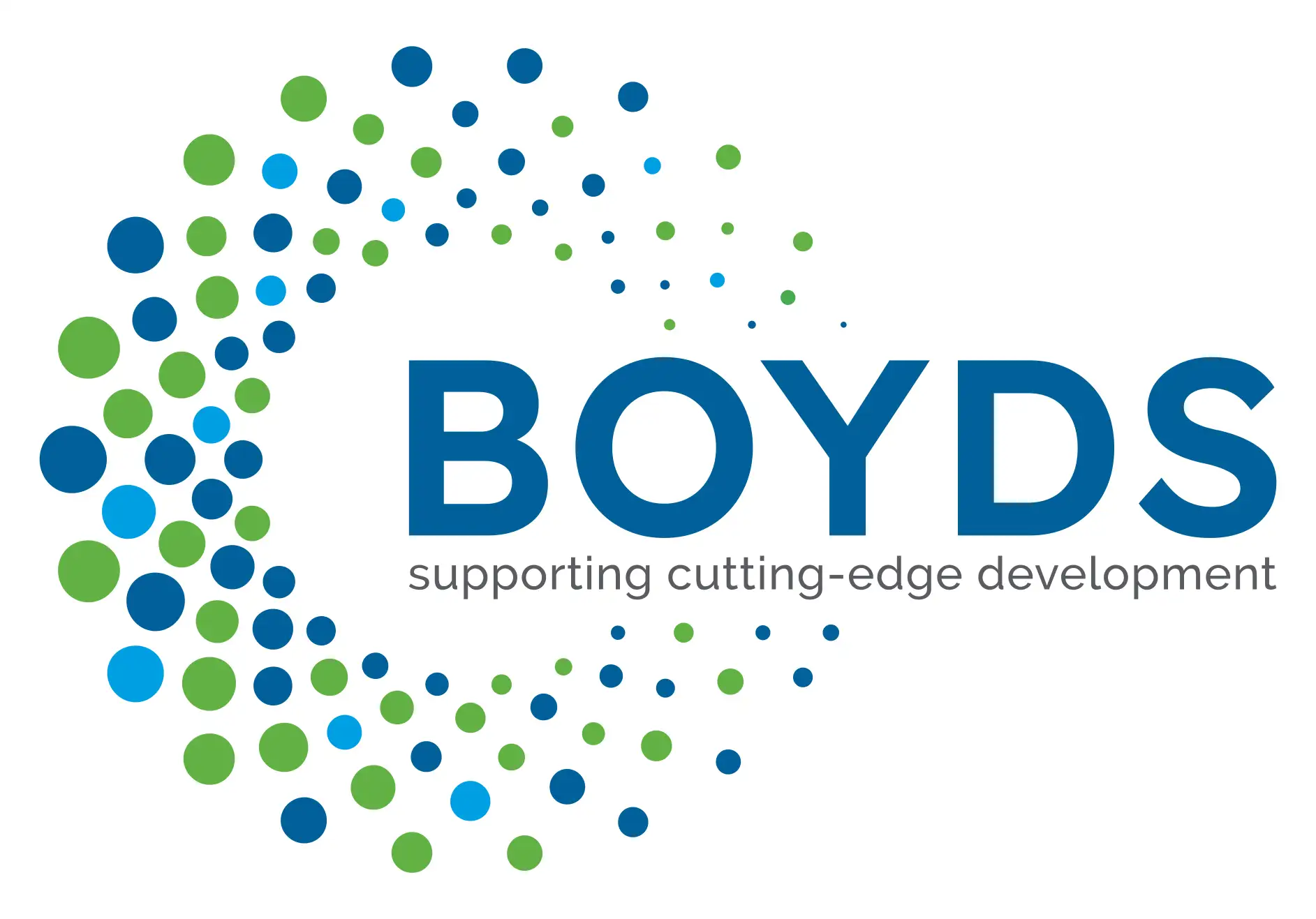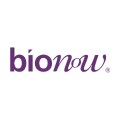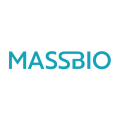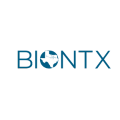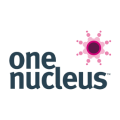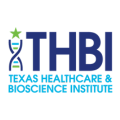Navigating the regulatory landscape in oncology drug development
In this blog, Boyds’ Dr Katherine Bowen, Senior Director of Regulatory Affairs, and Dr Julie Warner, Vice President of Regulatory Affairs, explore the ever-evolving world of oncology drug development and the regulatory landscape in the US and EU.
Evolution of the oncology landscape
The field of oncology drug development is rapidly evolving, and it’s clear that regulatory affairs will continue to play a crucial role in shaping its future. Over the past two to three decades, the treatment for advanced, metastatic cancers has transitioned from a cytotoxic approach to a more targeted approach. Biomarker-based therapies have become more prevalent, and many tumour types now have multiple treatment options so some patients may progress through multiple lines of therapy. The emergence of combination therapies has also been a notable trend in different lines of therapy. Indeed, an article examining FDA approvals from 2000 through to 2022 identified that around a third of oncology approvals in the US were for combination therapies1. There does, however, remain a high unmet need for many patients so new products and approaches are needed.
Historically, a number of approvals have been based on preliminary evidence, with products reaching the market via accelerated approval in the US, often based on single‑arm trials. This approval mechanism is incredibly valuable where early evidence indicates that a drug intended for a serious condition is likely to provide a meaningful advantage compared to current therapies via an effect on a surrogate or intermediate endpoint that is likely to predict clinical benefit or an effect on irreversible morbidity and/or mortality. Similarly, in the EU, conditional marketing authorisation also allows for early approval pending further data generation where there is sufficient evidence of a positive benefit:risk and where the benefits of an earlier approval are considered to outweigh the risks. In both regions, this benefit must be confirmed to achieve full approval. In the EU, conditional authorisations are subject to a 1 year renewal period but in the US, these data were not always provided leading to a number of so‑called “dangling” approvals, where benefit has not been confirmed but the drugs remain on the market, and “delinquent” ones, where milestones to generate the further data have been missed.
In the past, we have also seen some misalignment between major agencies, with differences in product labelling for the US and the EU.
Regulatory pathway for oncology products
This rapid evolution in the oncology space has presented both challenges and opportunities to the regulators and it’s fair to say that the goalposts are shifting in the regulation of oncology products. A tangible example of this is Project Optimus, an FDA initiative focused on optimising the dose of oncology drugs with a view to providing the best balance of efficacy and safety for patients. In doing so, FDA is encouraging oncology developers to move away from basing dose finding on the maximum tolerated dose and instead to consider the totality of the data (pharmacokinetic, pharmacodynamic, pharmacoepidemiology, efficacy and safety) and bring this together to inform better dose selection for pivotal trials and, ultimately, marketing. This shift will likely result in an increase in the number of doses and/or regimens being evaluated in early phase clinical trials compared to those typically studied in the past in order to be sure that the best dose(s) have truly been chosen.
This approach to dose finding is akin to that in other therapeutic areas, which represents a significant shift in thinking for companies in the space. Currently, we’re seeing comments on the proposed doses and regimens from FDA at e.g. pre-IND meetings or during protocol review; however, unless the agency has safety concerns, it cannot object to the conduct of a proposed study and so if the recommendations are not followed it does not mean that FDA agrees with the adequacy of the dose evaluations for later development. Over time, we expect to see FDA’s recommendations start to filter down into oncology development programmes, so it’s worth giving plenty of consideration to this now if you can.
As a result of the failure of some products to demonstrate confirmatory benefit to support conversion from accelerated to full approval, a draft guidance was recently released by the FDA specifically around clinical development in oncology, indicating the need for more detailed consideration from drug developers of what their data endpoints will be, and how they will confirm the benefit in the event of accelerated approval. This also signalled a potential move away from reliance on single-arm trials unless well justified.
While the increase in combination approvals is creating more treatment options, it may pose challenges to drug developers who need to demonstrate the contribution of the different components, adding further complexity to clinical development.
Another FDA initiative, Project FrontRunner, aims to support evaluation of promising medicines in earlier lines of therapy. It offers great potential benefits to patients but introduces several complexities for developers, with potentially much larger, more complex and costly studies earlier in development. We don’t yet know how EU regulators will perceive such proposals, and are closely monitoring developments in this area.
The FDA initiated Project Orbis in 2019 to accelerate oncology approvals by allowing collaborative review of marketing applications by participating global regulators. The scheme has been successful to date, with FDA being involved in >80 approvals since its introduction.
The recent launch of the MHRA’s new International Recognition Procedure (IRP), while not oncology-specific, is also likely to be beneficial, allowing certain recent global approvals to be used to as a basis for rapid approval in the UK. Developers can also make use of the general incentives to expedite development, such as Breakthrough Therapy and Fast Track Designation in the US, and the Priority Medicines scheme in the EU.
Oncology drug developers, and particularly smaller entities, face challenges in developing a paediatric strategy. In the US, a shift in approach is evident through the Race for Children Act, which requires developers to consider the potential for the product to address an unmet paediatric need based on its mechanism of action rather than the intended commercial indication(s). This shift in approach requires careful thinking and potentially broader evaluation in at least nonclinical models to determine whether the product may have clinical utility; further, orphan designated drugs are no longer exempt from the requirement to submit a Pediatric Study Plan.
The future of oncology drug development
Targeted therapies are here to stay, and we also need to be mindful of the growing influence of artificial intelligence and machine learning in drug development, as all of these factors may contribute to accelerate the time from candidate selection to clinical trials. On the positive side, the latter may also help to address issues related to dose and confirmation of effects.
From a product perspective, CRISPR technologies are starting to emerge across limited indications. In addition, circulating tumour DNA (ctDNA) is an area of interest, and the FDA’s paper notably suggests that it could even be used as a marker for early efficacy following appropriate validation.
In the EU, Joint Clinical Assessments for Health Technology Assessment (HTA) will be required in January 2025 for oncology products, requiring time and resource form the developer in parallel with the planning, preparation, submission and review of the marketing authorisation application. This burden will be significant and should not be underestimated.
As evidenced by many of these regulatory initiatives, developers will need to start thinking about the future stages of an oncology drug’s development earlier in the programme. This applies even to small companies with plans to out-license, and many are likely to require developers to plan for or undertake the groundwork for the future owner to continue.
Despite the challenges, advances in oncology drug development are incredibly exciting and will ultimately benefit patients. We strongly encourage approaching regulators for guidance at the right time and endorse the role of regulatory professionals in developing and implementing that strategy, and ensuring compliance.
For further insights on this topic, listen to podcast episode: ‘Recent trends in oncology drug development’ here.
Our Conversations in Drug Development podcast series features candid conversations from the expert team at Boyds, who are at the forefront of cutting-edge drug development in the pharmaceutical and biotechnology sector.
- Scott EC, Baines AC, Gong Y et al. Trends in the approval of cancer therapies by the FDA in the twenty-first century. Nat Rev Drug Discov 2023; 22: 625–640. https://doi.org/10.1038/s41573-023-00723-4
